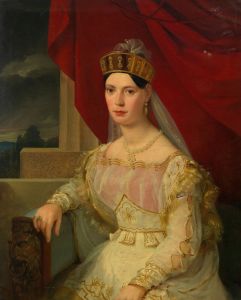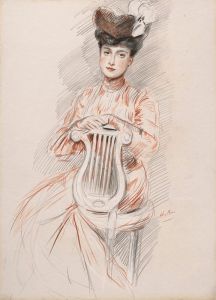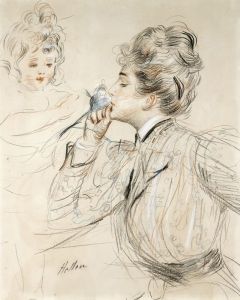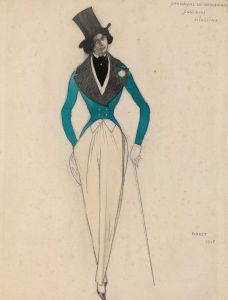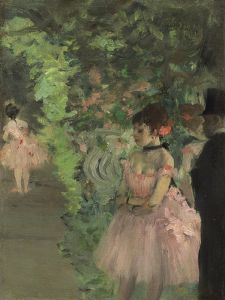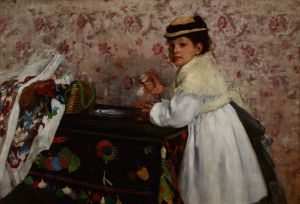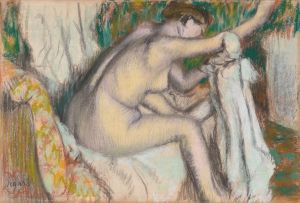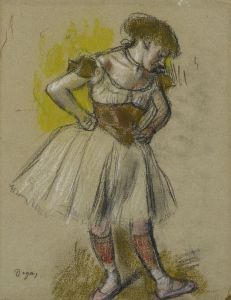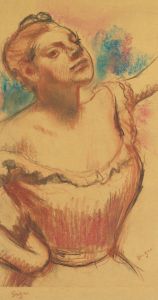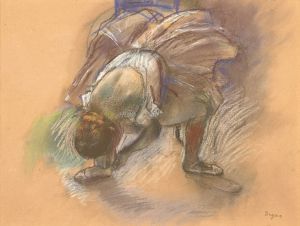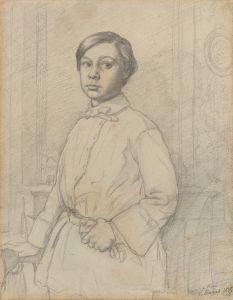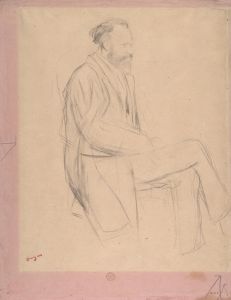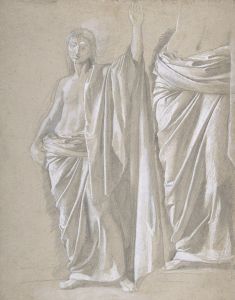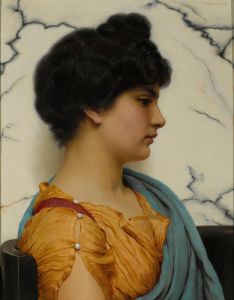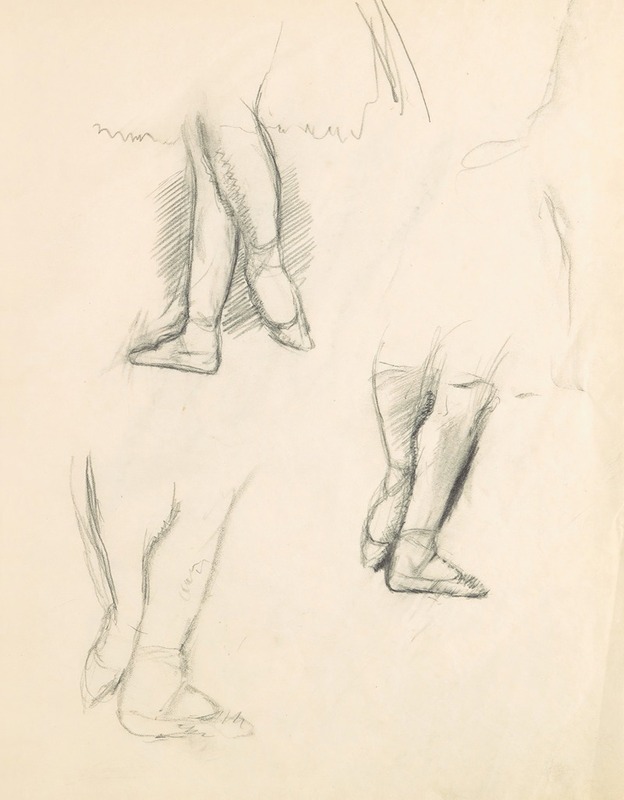
Figure Studies 6
A hand-painted replica of Edgar Degas’s masterpiece Figure Studies 6, meticulously crafted by professional artists to capture the true essence of the original. Each piece is created with museum-quality canvas and rare mineral pigments, carefully painted by experienced artists with delicate brushstrokes and rich, layered colors to perfectly recreate the texture of the original artwork. Unlike machine-printed reproductions, this hand-painted version brings the painting to life, infused with the artist’s emotions and skill in every stroke. Whether for personal collection or home decoration, it instantly elevates the artistic atmosphere of any space.
Edgar Degas, a prominent French artist associated with the Impressionist movement, is renowned for his mastery in depicting the human form, particularly through his studies of dancers and bathers. One of his works, "Figure Studies 6," is a testament to his skill in capturing the nuances of the human body. Although specific details about this particular piece are limited, it can be contextualized within Degas' broader oeuvre and artistic practices.
Degas was born on July 19, 1834, in Paris, France, and he displayed an early aptitude for drawing. He initially pursued a traditional academic art education, studying at the École des Beaux-Arts in Paris. However, his artistic direction shifted as he became involved with the Impressionists, a group of artists who sought to capture modern life and the effects of light and color in their work.
"Figure Studies 6" likely belongs to a series of studies where Degas explored the human figure in various poses and activities. His figure studies often served as preparatory works for larger compositions, allowing him to experiment with form, movement, and composition. Degas was known for his meticulous approach, often making numerous sketches and studies before completing a final piece.
Degas' interest in the human figure was not limited to traditional poses; he was particularly fascinated by movement and the body in action. This interest is evident in his numerous depictions of ballet dancers, which remain some of his most celebrated works. His figure studies, including "Figure Studies 6," reflect this fascination, capturing the dynamism and grace of the human form.
Degas employed various media in his figure studies, including pencil, charcoal, and pastel. His use of pastel, in particular, allowed him to achieve a remarkable vibrancy and texture, which became a hallmark of his later work. The choice of medium in "Figure Studies 6" would have been integral to conveying the subtleties of the human form, though the specifics of the medium used in this piece are not well-documented.
Throughout his career, Degas' approach to the human figure was both analytical and expressive. He was known for his keen observational skills and his ability to convey the psychological depth of his subjects. His figure studies often reveal an intimate understanding of anatomy and movement, reflecting his dedication to capturing the essence of his subjects.
Degas' work, including his figure studies, has had a lasting impact on the art world. His innovative compositions and techniques influenced subsequent generations of artists, and his studies of the human form continue to be admired for their technical precision and emotional resonance.
While "Figure Studies 6" itself may not be as widely recognized as some of Degas' other works, it remains an important part of his artistic legacy. It exemplifies his commitment to exploring the complexities of the human figure and his ability to convey the beauty and intricacy of the human body through art.





